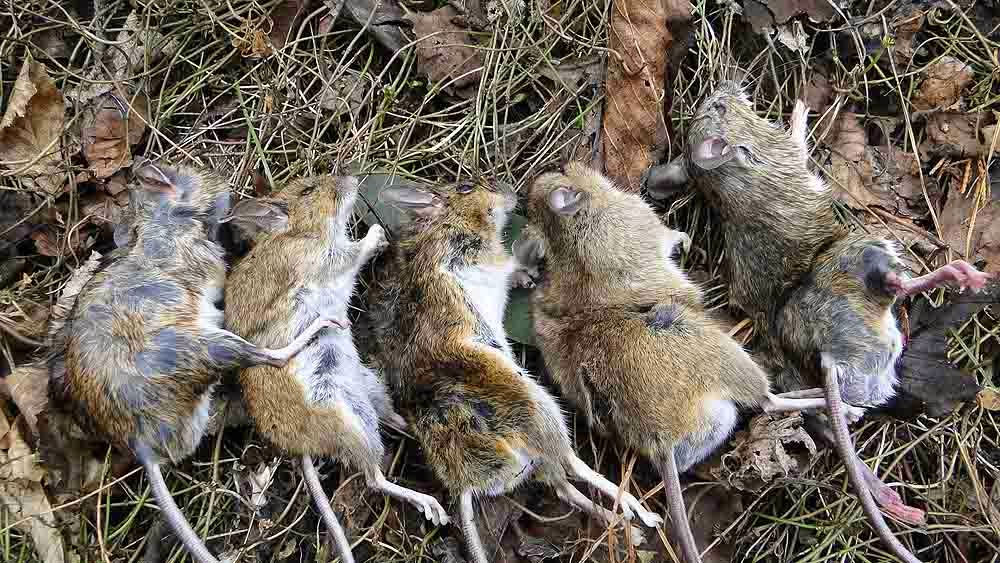Meconopsis Visual Reference Guide. Includes Photos, Taxonomy And Cultivation Information.

Thursday, 26 March 2015
'Meconopsis napaulensis'. This is all really rather a muddle since unless they have been recently collected from the wild they can be very complex hybrids. What follows is strictly for gardeners and not taxonomists! The true species in the wild is variable but always seems to be yellow flowered. In cultivation from seed lists and nurserymen what you will get is almost certainly a hybrid which may involve a number of species including M. paniculata (which recently has been found in the wild as red and pink forms) as well as pink coloured species like M. staintonii. If you go to a seed list like that of the Scottish Rock Garden Club they list a whole range of coloured hybrids. They are easy to germinate and grow on, - even in dry parts. They have lovely rosettes in winter with varying coloured hairs and they eventually after 2 or 3 years send up a tall spike with many racemes of flowers.
Sunday, 22 March 2015
Meconopsis integrifolia. This again is variable across it's Himalayan range but is yet another of the great spectacular species in this wonderful genera. It is a species included in Josef Halda's latest seed list, some of which were collected in China (his address is given in a recent posting on this website - Mon 23 rd. February). It was known as Farrer's Lampshade Poppy. It will die after flowering, which may take several years, but before that it dies back to a tight bud in winter, sometimes almost below soil level. It thrives on a really rich soil and the better the feeding, the larger and more plentiful the flowers on a spike. Once in growth a few degrees of frost can harm it and damage flower buds. To set seed, which is vital, several plants are needed to cross pollinate.
Monday, 16 March 2015
 Forgive a really gruesome picture but it comes with a serious warning. We have had a relatively mild winter in southern Scotland and many mice have survived. It was too late before I realized that mice had eaten every single seedling of M. punicea as well as eaten all the buds of all the Hellebores in the garden. They have also taken any other large seeds in my heated seed frame in a greenhouse. I set traps which kill them instantly and without pain. I might add that they have an amazing ability to remove both chocolate spread and cheese from the traps without triggering them . One can purchase traps where they are caught alive and can be released away from precious garden plants. This was one days catch!
Forgive a really gruesome picture but it comes with a serious warning. We have had a relatively mild winter in southern Scotland and many mice have survived. It was too late before I realized that mice had eaten every single seedling of M. punicea as well as eaten all the buds of all the Hellebores in the garden. They have also taken any other large seeds in my heated seed frame in a greenhouse. I set traps which kill them instantly and without pain. I might add that they have an amazing ability to remove both chocolate spread and cheese from the traps without triggering them . One can purchase traps where they are caught alive and can be released away from precious garden plants. This was one days catch!
Saturday, 14 March 2015
I meant to add this to the previous picture of M. horridula. This is a two year old plant in a pot that I am planting out in the garden. It has a small carrot sized tap root and at this time of year it is easy to brake the tops off and although they will reshoot it rather spoils the flower spike and delays flowering.
Friday, 13 March 2015
Meconopsis horridula
This is a very difficult group taxonomically, which is very varied. It has been split into a number of new species By Dr. Grey Wilson. It will mainly be listed in seed exchanges as M. horridula. They are all characterized by long narrow leaves covered in strong dense spines and can be unpleasant to handle. There are wonderful high altitude forms of perfect light blue which are difficult to grow, as well as many coarser types, lower down, where the foliage is dark green. Flowers can vary in colour from perfect blue, dark navy blue, purple blues as well as near pink and white. Not difficult to grow even in dry areas. It is often biennial and dies back underground over winter. The biggest plants will grow in rich soil and can have carrot sized roots at flowering time.
Tuesday, 3 March 2015
Meconopsis grandis There are 3 sub species defined for this genus and they are discussed on the main website. The above images were taken in Caithness where all the blue poppies grow exceptionally well and multiply and can be divided. This image does have a tall plant of M. grandis KEKE BUT the rest are the tetraploid hybrid Lingholm. This is easily obtained with masses in the seed exchanges and sometimes available commercially. It is tolerant of heat and dry and if you want a big blue poppy this is the one to try first. M. grandis forms are also available from seed exchanges and not particularly difficult in good rich growing conditions, for choice, in partial shade
Subscribe to:
Comments (Atom)


%2Bat%2Bback%2Bwith%2Bgood%2Bblue%2BLingholm%2Bin%2Brest%2Bof%2Bbed..jpg)